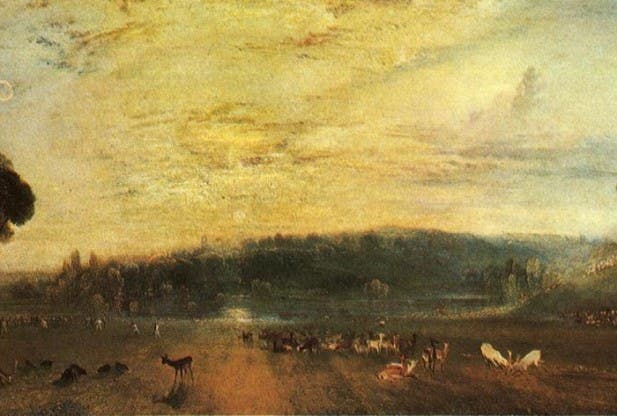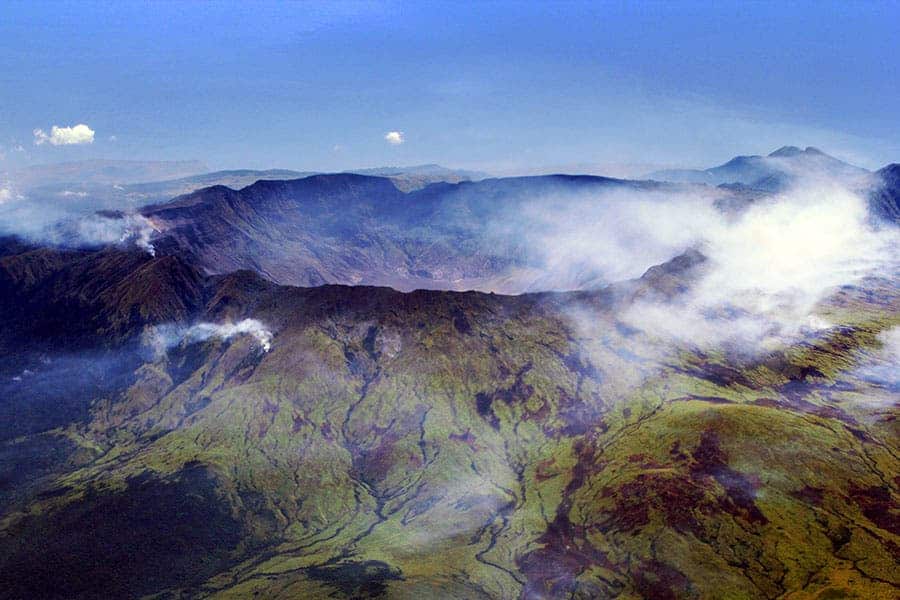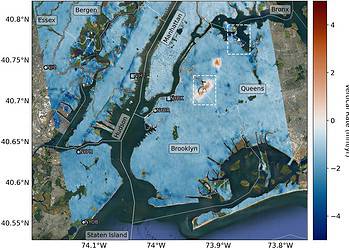
When it comes to studying the Earth’s atmosphere and pollution, paintings are not really where you usually go to gather information. But team of Greek and German researchers suggest that colors of sunsets painted by famous artists can offer clues about our planet’s past atmosphere.
They mainly focused on paintings that depicted ash and gas emitted from a volcanic eruption. Such pictures disperse different colors of sunlight, making sunsets look redder. They analyzed works from J.M.W. Turner and other artists.
William Turner was born in England in 1775, and he was a British Romantic landscape painter, water-colourist, and printmaker. He was a controversial period during his lifetime, but he is now widely considered the artist who elevated landscape painting to rival historic painting – which was dominating at the time. He was brilliant.
In 1815, the Tambora Volcano in Indonesia erupted, spewing thousands of tons of ash and dust in the atmosphere – this is the deadliest volcanic eruption on record. The eruption was so strong that the ash basically covered the entire planet, and as a result, for the next three years after the eruption, the world experienced brighter red and orange sunsets. Of course, this was an excellent opportunity for artists – Turner and other painters created many works featuring these spectacular sunsets. Christos Zerefos, from the Academy of Athens in Greece believes these paintings carry with them valuable scientific information.

“Nature speaks to the hearts and souls of great artists. But we have found that, when coloring sunsets, it is the way their brains perceive greens and reds that contains important environmental information,” Zerefos told the press.
Scientists analyzed 554 paintings of sunsets created between 1500 and 2000 from a total of 181 artists, which included Rembrandt and Rubens, among others. In this period, there were nearly 50 massive volcanic eruptions worldwide. Researchers tried to correlate these eruptions to the colors in the paintings.
“We found that red-to-green ratios measured in the sunsets of paintings by great masters correlate well with the amount of volcanic aerosols in the atmosphere, regardless of the painters and of the school of painting,” says Zerefos.
When volcanic aerosols are in significant quantities in the atmosphere, red becomes much more predominant.This allows a way of measuring the aerosol optical depth, a total of all the dust, ash and other particulate matter in the atmosphere at a given time. These values were later compared with ice-core and geologic data.
As part of their experiment, they also employed a modern painter to paint sunsets from a pair of photographs. The photos were of sunsets seen from Hydra Island, located in the Aegean Sea, before and after the passage of a dust cloud from the Sahara; he was not aware of the research they were doing so was not influenced by this, and his paintings confirmed the study on the old paintings.
The results were, perhaps surprising, very relevant. Despite all the different styles and artistic currents which passed in 500 years, the general color trend of sunset painting showed could be correlated with volcanic activity. By understanding the way natural phenomenon may have changed temperatures in the past, researchers may be able to gain a better understanding of modern climate change – volcanic ash can play a huge role on planetary climate.
Scientific Reference.






